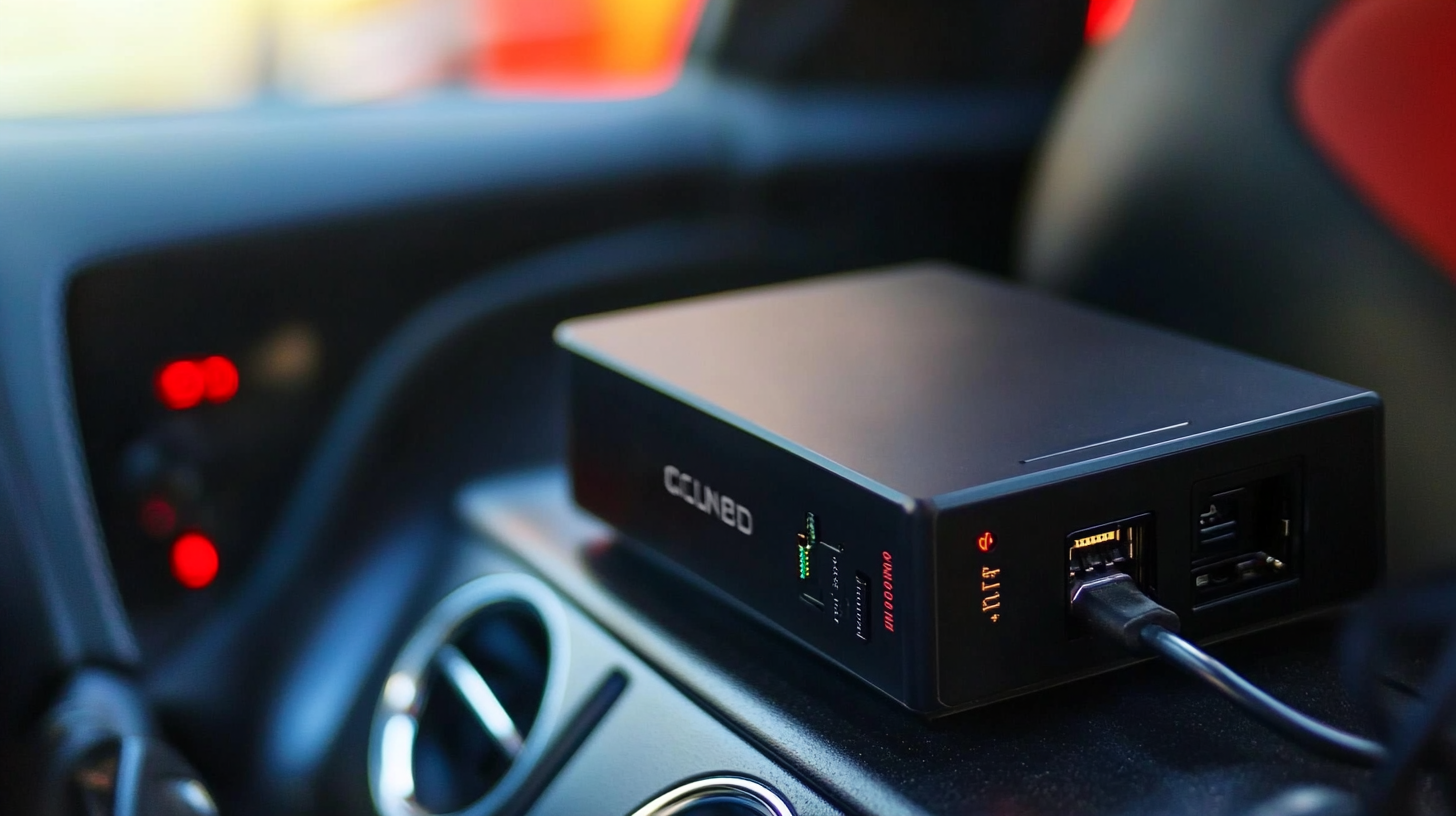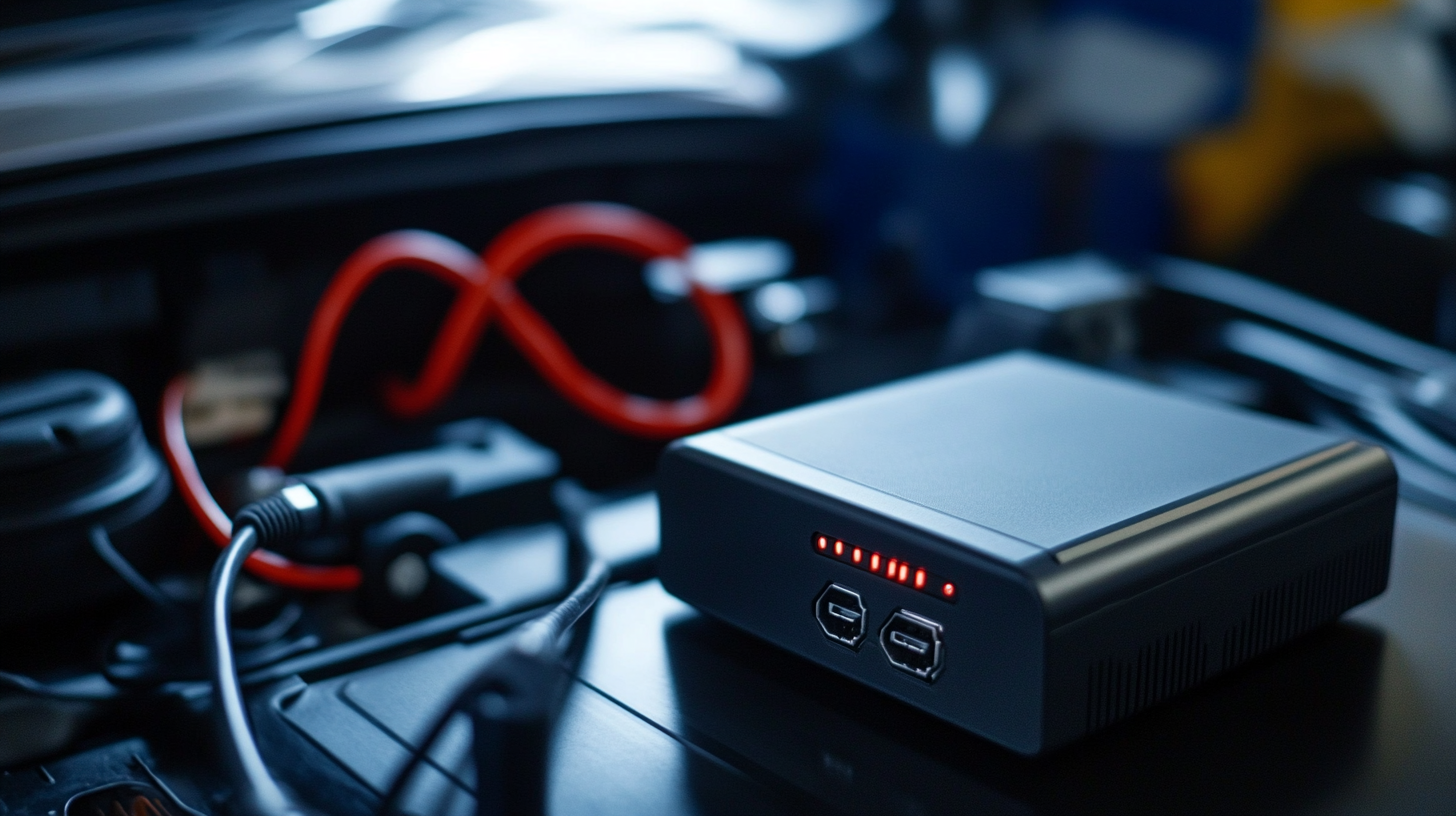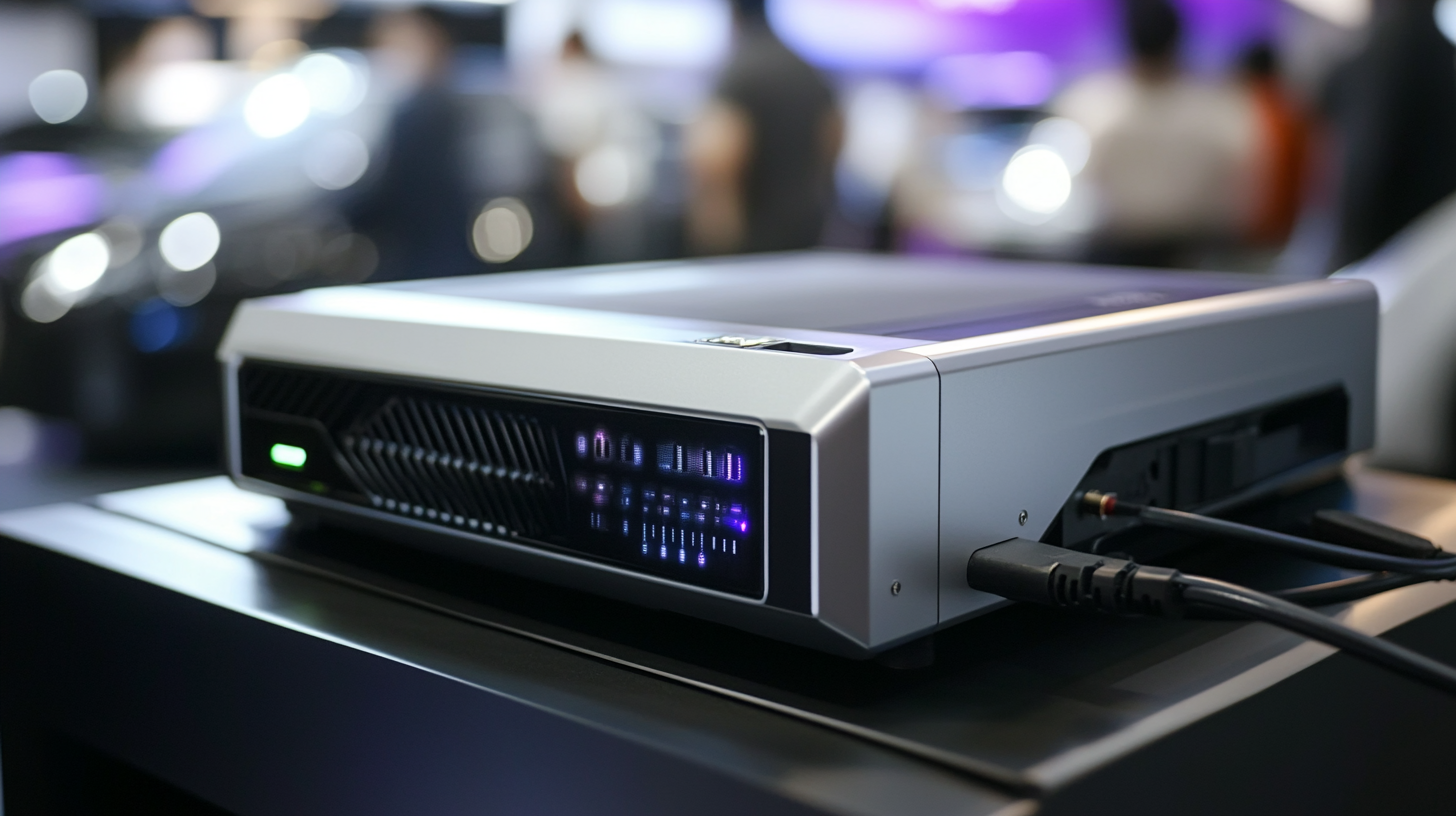Blog
Ultimate Tips for Sourcing the Best Power Inverter for Car Solutions
The demand for portable power solutions has surged in recent years, driven by the increasing reliance on electronic devices during travel and outdoor activities. According to a report by Grand View Research, the global power inverter market is projected to reach $20 billion by 2025, reflecting a strong growth trend fueled by automotive applications. As more drivers seek to charge their gadgets on the go, the significance of finding an efficient and reliable power inverter for car use cannot be overstated. With numerous options available, understanding the key features and specifications of power inverters is essential for making informed purchasing decisions.
In this blog, we will explore the ultimate tips for sourcing the best power inverter for car solutions. From analyzing wattage requirements to considering size and convenience, the right power inverter can transform your vehicle into a mobile powerhouse. A well-chosen inverter not only enhances in-car experiences but also ensures safety and reliability, reducing the risk of device damage due to improper charging. As we dive into the essential factors for selecting a power inverter for car applications, you will discover how to effectively meet your power needs while maximizing the functionality of your vehicle.

Key Factors to Consider When Choosing a Power Inverter for Your Car
When it comes to choosing a power inverter for your car, several key factors deserve careful consideration to ensure you make the best choice for your needs. First and foremost, assess the wattage requirement of the devices you plan to power. Different inverters offer varying wattage capacities, so understanding the power draw of your electronics—such as laptops, mobile devices, or camping gear—will help you choose an inverter that can handle your demands without causing overheating or malfunctions.
Another critical factor to consider is the inverter type—modified sine wave versus pure sine wave. Modified sine wave inverters are generally more affordable and can efficiently run simpler electronics, but sensitive equipment like medical devices or high-tech gadgets may require a pure sine wave inverter for optimal performance and safety. Additionally, think about the inverter’s safety features, such as overload protection, short circuit protection, and thermal shutdown. These elements are crucial for preventing damage to both the inverter and your devices while providing peace of mind during use.
Lastly, portability and ease of installation should be on your checklist. If you plan on using the inverter for outdoor adventures or in multiple vehicles, a lightweight and compact model may be ideal. Look for features such as car charger compatibility and user-friendly installation processes that make it convenient to set up and transport. By considering these factors, you can ensure that your power inverter not only meets your immediate needs but also aligns with your lifestyle and investment priorities.
Ultimate Tips for Sourcing the Best Power Inverter for Car Solutions - Key Factors to Consider When Choosing a Power Inverter for Your Car
| Factor | Description | Importance | Recommended Range |
|---|---|---|---|
| Power Output | The maximum wattage the inverter can provide to devices. | High | 300W - 2000W |
| Input Voltage | The voltage level that the inverter uses from the car battery. | High | 12V |
| Portability | The ease of carrying and installing the inverter in your vehicle. | Medium | Compact design |
| Safety Features | Protection against overload, short circuit, and overheating. | Very High | Multiple protection systems |
| Type of Inverter | Choose between pure sine wave, modified sine wave, and others. | High | Pure sine wave recommended |
| Number of Ports | The number of AC and USB ports available for device charging. | Medium | 2-4 ports |
Understanding Different Types of Power Inverters and Their Applications
When considering power inverters for cars, it’s essential to understand the different types available and their specific applications. Inverters come in various forms, each tailored to meet distinct power needs. For instance, single-stage dual-source inverters are gaining attention for their ability to link two isolated DC sources to provide a unified three-phase output. This innovative topology not only simplifies the design but also increases efficiency, making it suitable for modern vehicle applications where space and power management are crucial.
Another noteworthy category is the multilevel inverter, which has been widely adopted due to its enhanced performance capabilities. Hybrid multilevel inverters reduce the switch count while improving energy efficiency, addressing the demands for sustainable and reliable power conversion. This type of inverter is particularly valuable in automotive settings as it can handle varying power levels efficiently, accommodating a range of energy sources including solar and wind.
Moreover, hybrid inverters have recently become popular for their elevated output potentials, maximizing the efficiency of renewable energy systems. The ability to efficiently convert and manage energy from different sources is particularly important in electric vehicles, where optimal performance and sustainability are paramount. Understanding these inverter types will help consumers make informed decisions when seeking the best power inverter for their car.

Essential Features to Look for in a High-Quality Car Power Inverter
When choosing a car power inverter, it's essential to identify key features that ensure you select the best product for your needs. One of the most critical aspects is the inverter's wattage capacity. Depending on what you plan to power—whether it’s a laptop, a mini fridge, or multiple devices simultaneously—you must ensure the inverter can handle the total wattage load. Look for inverters rated well above the maximum wattage of your devices to prevent overheating and possible system failures.
Safety features are another vital consideration. Opt for inverters equipped with built-in protections such as overload, short circuit, and overheating safeguards. These elements not only prolong the life of your power inverter but also protect your valuable electronics from damage. Additionally, an inverter with a cooling fan or heat dissipation technology can significantly enhance performance during extended use, maintaining efficiency while keeping the unit safe and operational.
Portability and ease of use should also factor into your decision. A lightweight, compact inverter design allows for convenient storage and transport, making it ideal for road trips or camping adventures. Moreover, multiple output options, like USB ports in addition to AC outlets, can offer greater versatility and convenience, enabling you to charge various devices simultaneously. Overall, understanding these essential features can assist you in finding a high-quality car power inverter tailored to your specific needs.
Tips for Proper Installation and Use of Your Car Power Inverter
When choosing the best power inverter for your car, understanding the proper installation and usage is crucial for maximizing performance and ensuring safety. According to a recent report from the National Renewable Energy Laboratory, improper installation can lead to performance losses of up to 25%, indicating that attention to detail is vital.
To begin with, always consult the manufacturer's manual for your specific power inverter model. Proper connections are essential to prevent potential hazards. For the installation, it's advisable to connect the inverter directly to the car battery using appropriate gauge wiring. The American National Standards Institute (ANSI) recommends using a minimum of 12-gauge wire for inverters drawing up to 1,500 watts to minimize voltage drop and heat buildup.
Once installed, understanding how to use your inverter efficiently is equally important. Frequent usage of appliances that exceed the inverter’s rated capacity can damage both the device and the equipment being powered. The Consumer Electronics Association suggests checking the surge ratings of your inverter, especially for devices with motors, as these can draw significantly higher power during startup. Regularly monitor the inverter's temperature to avoid overheating, which can lead to reduced lifespan or failure. Keeping these tips at the forefront will ensure your car power inverter operates safely and efficiently, enhancing your travel experience.

Maintaining Your Power Inverter: Best Practices for Longevity and Performance
When investing in a power inverter for your car, understanding how to maintain it for optimal performance is essential. Regular maintenance can extend the lifespan of your inverter, which is crucial since studies show that a well-maintained inverter can last up to 10 years longer than an unmaintained one. This is particularly relevant as the global market for power inverters is projected to reach $6.1 billion by 2025, underscoring the increasing reliance on mobile power solutions.
To ensure longevity, it's vital to monitor your power inverter's temperature. High temperatures can lead to premature failure. Ideally, your inverter should operate within the manufacturer’s recommended temperature range; for many models, this is between 32°F and 104°F (0°C and 40°C). Investing in a good ventilation system can help keep the inverter cool. Additionally, regular cleaning of the inverter's exterior and ensuring that air vents are free of dust and debris can significantly improve its performance.
Another best practice is to periodically check the input voltage and connections. A fluctuating voltage supply can strain the inverter, leading to overheating or even complete failure. According to a report by the International Renewable Energy Agency, maintaining proper input voltage can reduce operational issues by nearly 45%. Regularly inspecting the battery and cables for signs of wear or corrosion also ensures a solid connection and optimal power flow. Following these practices not only enhances performance but also guarantees that your investment in a high-quality power inverter pays off in the long run.
Power Inverter Performance Analysis
This bar chart represents the performance of different power inverters based on their efficiency, durability, and features. The data is sourced from various consumer reviews and industry studies.
